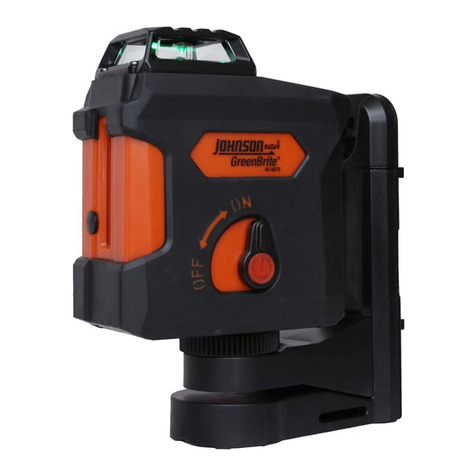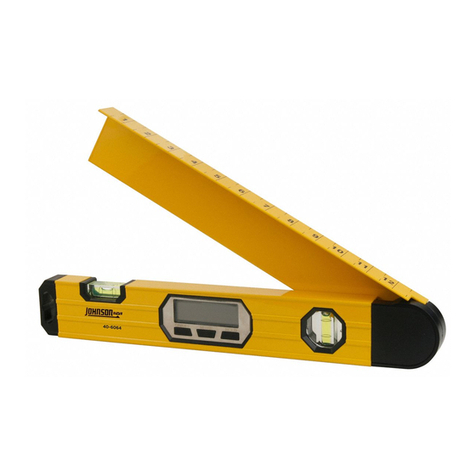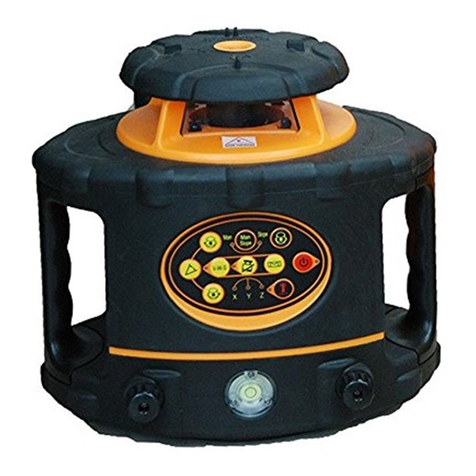Johnson 40-6700 User manual
Other Johnson Measuring Instrument manuals
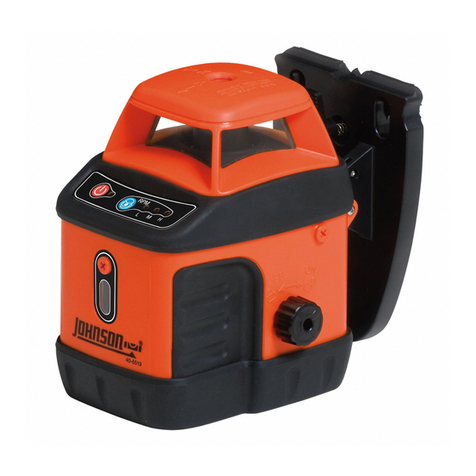
Johnson
Johnson 40-6519 User manual
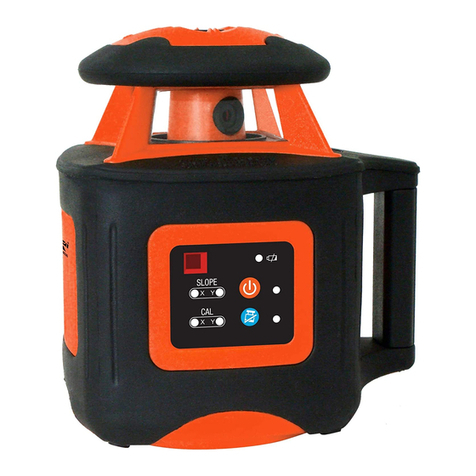
Johnson
Johnson LEVEL UP 40-6535 User manual

Johnson
Johnson Old Town Sportsman iPilot User manual

Johnson
Johnson JRT300-RDHV-S User manual
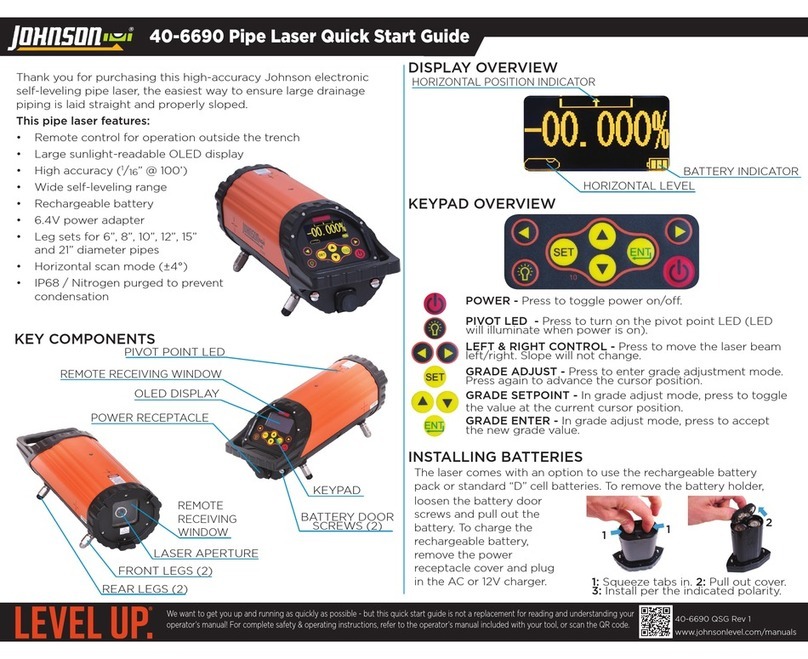
Johnson
Johnson 40-6690 User manual
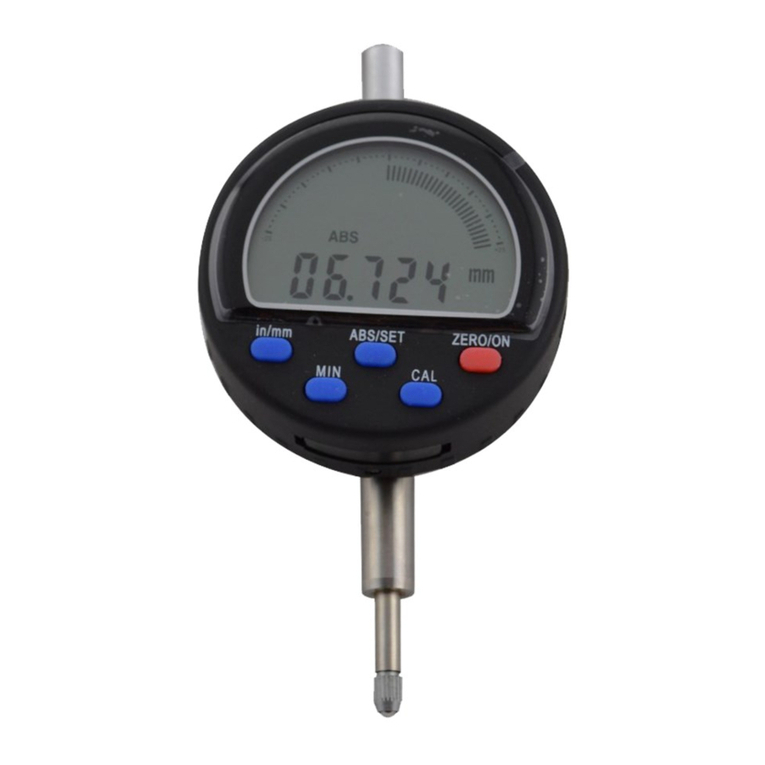
Johnson
Johnson 1456-0000 User manual
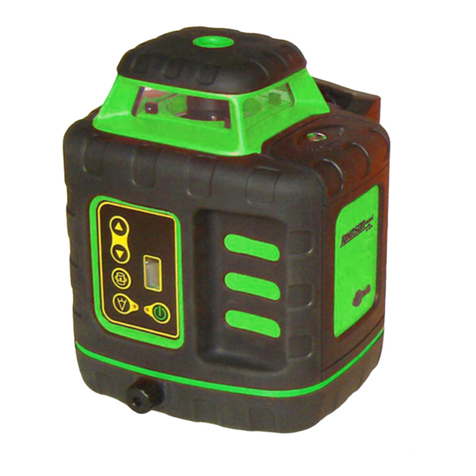
Johnson
Johnson 40-6543 User manual

Johnson
Johnson 40-6625 User manual
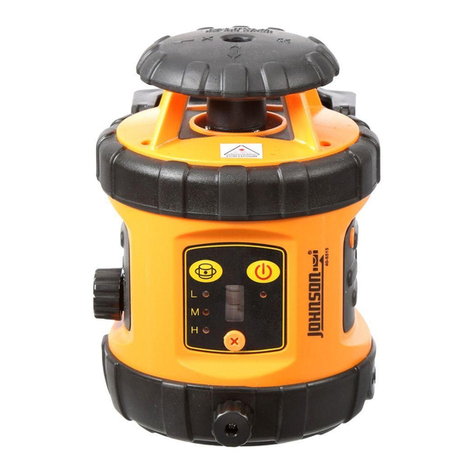
Johnson
Johnson 40-6515 User manual
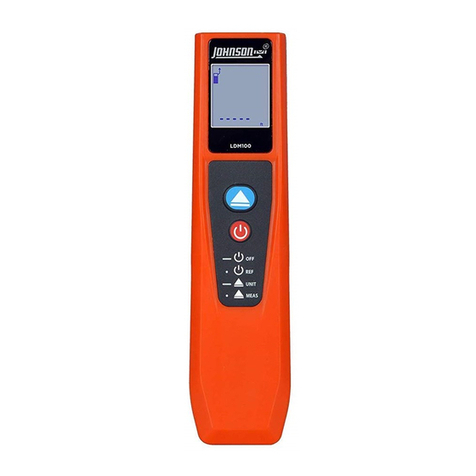
Johnson
Johnson LDM100 User manual
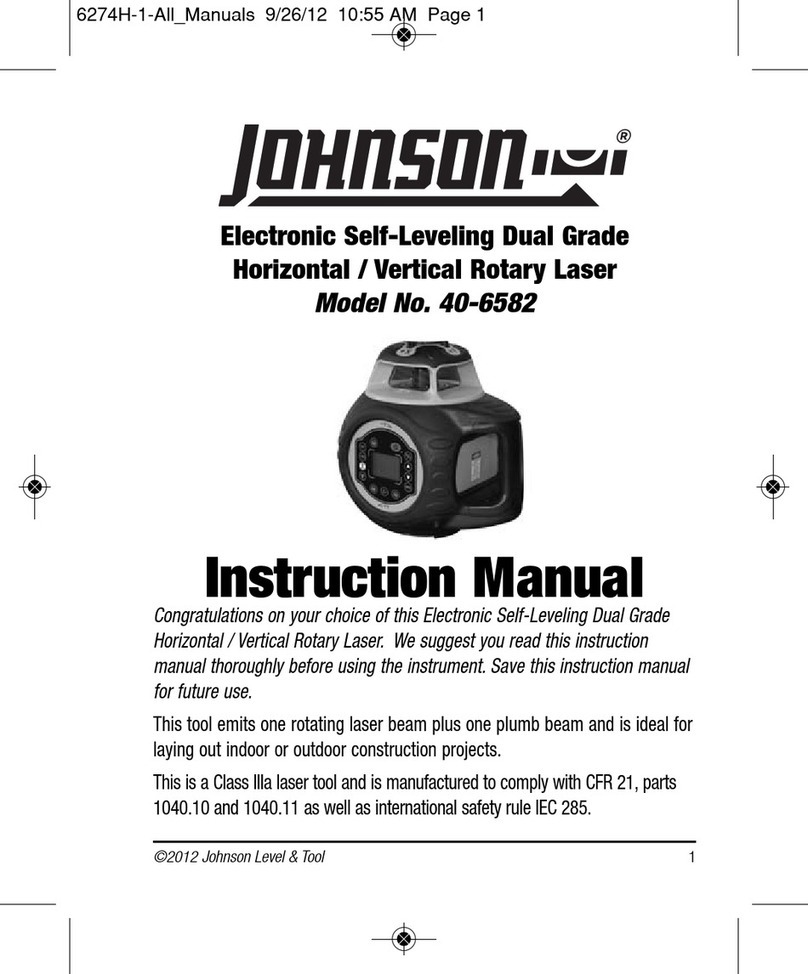
Johnson
Johnson 40-6582 User manual

Johnson
Johnson 40-6624 User manual

Johnson
Johnson 1888-0700 User manual
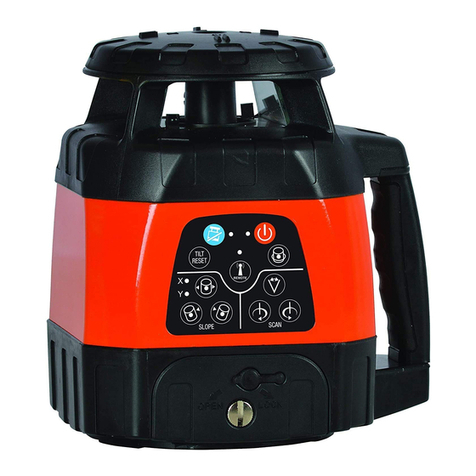
Johnson
Johnson 40-6526 User manual

Johnson
Johnson LDM195 User manual

Johnson
Johnson 1888-1100 User manual
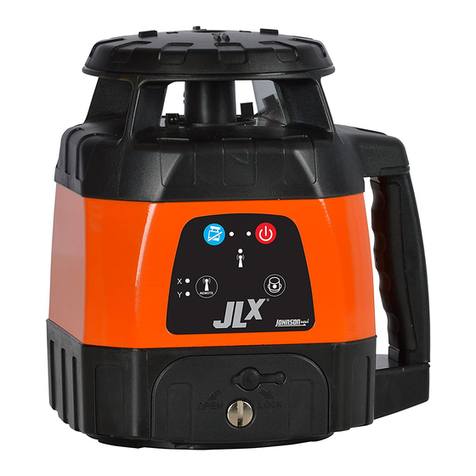
Johnson
Johnson JLX 40-6590 User manual
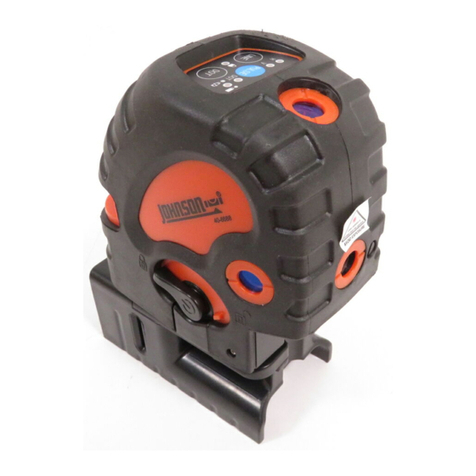
Johnson
Johnson 40-6688 User manual

Johnson
Johnson 40-6502 User manual

Johnson
Johnson 40-6705 User manual
Popular Measuring Instrument manuals by other brands

Powerfix Profi
Powerfix Profi 278296 Operation and safety notes

Test Equipment Depot
Test Equipment Depot GVT-427B user manual

Fieldpiece
Fieldpiece ACH Operator's manual

FLYSURFER
FLYSURFER VIRON3 user manual

GMW
GMW TG uni 1 operating manual

Downeaster
Downeaster Wind & Weather Medallion Series instruction manual

Hanna Instruments
Hanna Instruments HI96725C instruction manual

Nokeval
Nokeval KMR260 quick guide

HOKUYO AUTOMATIC
HOKUYO AUTOMATIC UBG-05LN instruction manual

Fluke
Fluke 96000 Series Operator's manual

Test Products International
Test Products International SP565 user manual

General Sleep
General Sleep Zmachine Insight+ DT-200 Service manual
